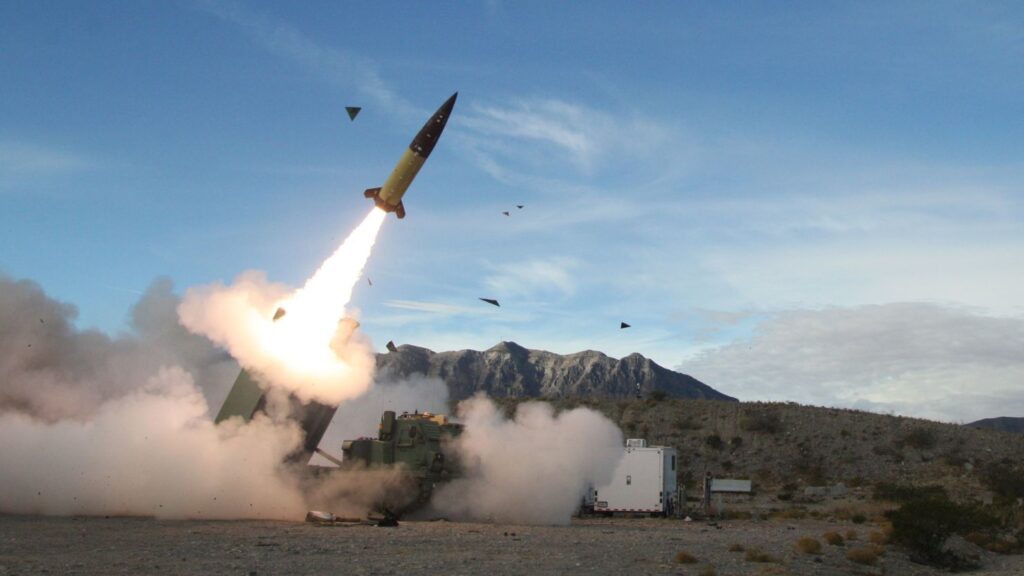US Policy Shift Enables Strikes Deep Inside Russia Despite Escalation Risks
A Defining Moment in the Ukraine Conflict
In a significant policy shift, President Joe Biden has authorized Ukraine to use US-made long-range missiles to strike targets deep within Russia. This marks the first time such weapons have been approved for this purpose, allowing Kyiv to target critical Russian infrastructure and logistics hubs far from the frontline. The move reflects Washington’s growing commitment to Ukraine but raises serious concerns about potential escalation.
Putin’s Response and NATO Implications
Russian President Vladimir Putin has previously warned that deploying long-range missiles against Russia would constitute an act of war. In September, he stated that such actions would prompt a reevaluation of Russia’s strategy, potentially expanding the conflict’s scope. “If this happens, we will take measures based on the threats we face,” Putin declared. Moscow views these developments as direct NATO involvement, further straining already fragile global security dynamics.
Critics of appeasement argue that firm action is required to counter Russian aggression. However, NATO allies remain cautious, recognizing the fine line between strengthening Ukraine’s defense and provoking broader confrontation.

The Weapons and Their Capabilities
The initial strikes are expected to employ Army Tactical Missile System (ATACMS) rockets, which boast a range of up to 190 miles. These missiles, produced by Lockheed Martin, carry cluster munitions designed to disperse hundreds of bomblets over wide areas, effectively neutralizing enemy assets.
Ukraine could also receive British/French-made Storm Shadow/SCALP-EG missiles, which have an even greater range of up to 340 miles. Both weapons enable deep precision strikes, offering a strategic advantage against Russian forces but potentially intensifying the war’s stakes.
Escalation on Both Sides
While Ukraine prepares for these expanded capabilities, Russia has ramped up its own offensives. A recent missile barrage, described as the largest in months, targeted energy infrastructure across Ukraine, leaving at least seven dead and 19 injured. These attacks exacerbate the humanitarian crisis as winter sets in, plunging millions into freezing conditions without reliable access to heat or power.
Uncertainty as Leadership Changes Loom
The US decision to escalate support for Ukraine comes just months before President Biden leaves office. President-elect Donald Trump has pledged to reassess American involvement in the conflict, aiming to curtail military aid and negotiate a swift resolution. This potential policy shift could profoundly impact Ukraine’s ability to maintain its defense against Russian advances.
The authorization of long-range missiles signals the West’s resolve to support Ukraine in its fight against Russian aggression. However, it also raises critical questions about the risks of escalation and the long-term strategy for peace. As the conflict deepens, the world watches closely, bracing for the consequences of these pivotal decisions.
Our Visitor






 Users Today : 68
Users Today : 68


